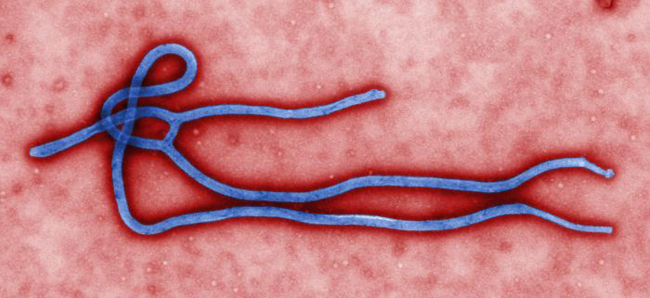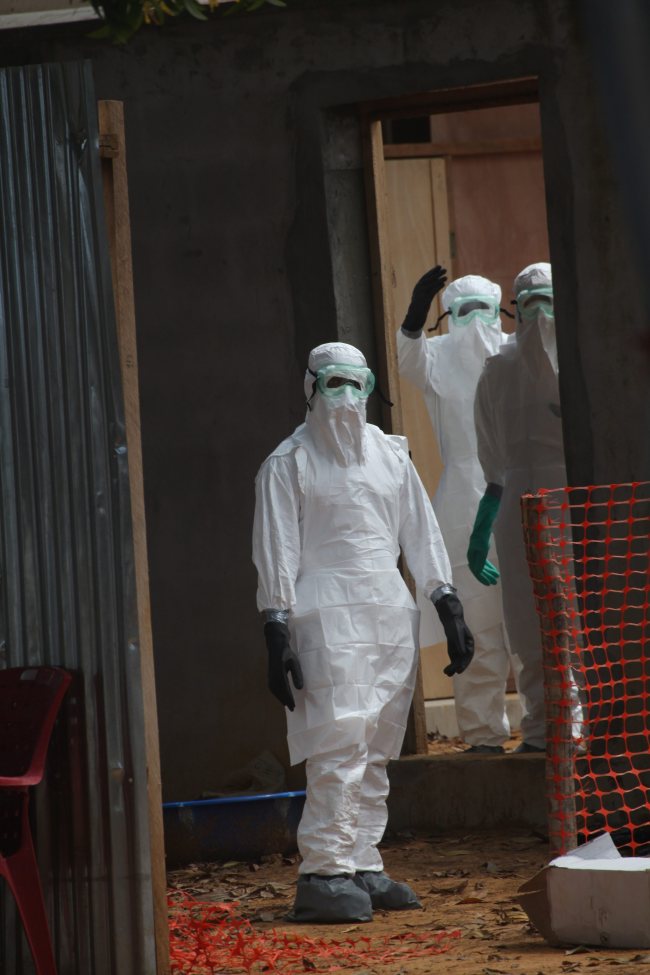서아프리카에서 에볼라 바이러스가 확산하면서 지구촌이 '에볼라 공포'에 시달리고 있다.
기니, 라이베리아, 시에라리온 등 에볼라가 창궐한 서아프리카 3국에서는 바이러스 진원지가 격리구역으로 설정됐고, 각국 항공사들은 에볼라 확산을 우려해 발병 국에 대한 항공편 운항을 속속 중단하고 있다.
미국에서는 자국 에볼라 감염자 2명의 귀국이 결정되자 소셜 미디어가 이들의 입국을 반대하는 목소리로 뒤덮이기도 했다.
이처럼 상황이 날로 악화하는 가운데 AP통신이 2일(현지시간) 에볼라 바이러스에 대한 오해를 바로잡는 정보를 제시해 눈길을 끈다.
다음은 이날 AP통신이 보도한 에볼라에 대해 알아야 할 5가지.
▲에볼라 사태로는 사상 최대 규모 = 서아프리카 3국에서는 올해 들어서만 1천3 00여명이 에볼라 바이러스에 감염되고 700명 이상이 목숨을 잃었다.
마거릿 챈 세계보건기구(WHO) 사무총장에 따르면 에볼라가 처음 발병한 1976년 이래 감염자 수가 가장 많고 발생 지역도 가장 넓은 상황이다.
▲이겨낸 사람도 있다…현재 치사율 70% = 뚜렷한 치료법이 없는 에볼라 바이러 스의 치사율은 최고 90%에 이르는 것으로 알려져 있다.
그러나 서아프리카 3국 보건 당국은 에볼라에 감염됐다가 살아난 환자도 있다면 서 현재 치사율은 70% 정도라고 입을 모았다.
생존자들은 발병 즉시 병원을 찾아 탈수를 막는 치료를 받았다는 것이 보건 당국의 설명이다.
▲초기 증상 다른 질병과 유사 = 에볼라 감염 초기 증상은 열, 두통, 근육통, 목감기 등으로 말라리아, 장티푸스, 콜레라 등 다른 질병의 증상과 비슷하다.
이 때문에 환자들은 에볼라 바이러스 감염 여부를 즉각 알아채기 어렵다.
▲체액 통해서만 전염 = 에볼라 바이러스는 공기가 아닌 감염자의 체액을 통해 서만 전염된다. 따라서 환자의 혈액이나 땀, 배설물, 침과 같은 체액과 접촉하지 않 는 이상 일상생활에서는 감염될 가능성이 크지 않다.
▲두려움과 잘못된 정보가 상황 악화시켜 = 감염자가 발생한 지역 주민들은 치 료를 돕기 위해 외국에서 온 의료진이 바이러스를 옮겨온 것이라며 병원과 보건 당 국을 비난했다.
시에라리온에서는 이같은 이유로 일부 가족들이 입원한 환자를 집으로 데려가는 바람에 치료를 더욱 어렵게 하고 있다고 AP통신은 지적했다. (연합)
 |
에볼라 바이러스 (AP) |
 |
(EPA) |
5 things to know about Ebola outbreak in W. Africa
Three West Africa nations are struggling to control an outbreak of Ebola. The virus was first discovered nearly four decades ago in Congo in a village near the Ebola River. Since then there have been sporadic outbreaks.
Five things to know about Ebola and how it is spread:
1. WEST AFRICA OUTBREAK NOW LARGEST IN HISTORY. The current outbreak in the neighboring countries of Liberia, Guinea and Sierra Leone has sickened more than 1,300 people and killed more than 700 since March. The outbreak is unusual for West Africa as the disease is typically found in the center and east of the continent.
2. SOME PEOPLE HAVE SURVIVED EBOLA. While the fatality rate for Ebola can be as high as 90 percent, health officials in the three countries say people have recovered from the virus and the current death rate is about 60 percent. Those who fared best sought immediate medical attention and got supportive care to prevent dehydration even though there is no specific treatment for Ebola itself.
3. EBOLA CAN LOOK LIKE OTHER DISEASES. The early symptoms of an Ebola infection include fever, headache, muscle aches and sore throat. It can be difficult to distinguish between Ebola and malaria, typhoid fever or cholera. Only in later stages do people with Ebola begin bleeding both internally and externally, often through the nose and ears.
4. EBOLA IS ONLY SPREAD THROUGH CLOSE CONTACT. The Ebola virus is not airborne, so people would have to come into direct contact with the bodily fluids of an infected person. These include blood, sweat, vomit, feces, urine, saliva or semen _ making transmission through casual contact in a public setting unlikely.
5. FEAR AND MISINFORMATION. In the three countries, health workers and clinics have come under attack from panicked residents who mistakenly blame foreign doctors and nurses for bringing the virus to remote communities. Family members also have removed sick Ebola patients from hospitals. Government officials have stepped up efforts to isolate patients, educate the public, check travelers and tighten borders to prevent the disease's spread. (AP)




![[Herald Interview] 'Trump will use tariffs as first line of defense for American manufacturing'](http://res.heraldm.com/phpwas/restmb_idxmake.php?idx=644&simg=/content/image/2024/11/26/20241126050017_0.jpg)

![[Health and care] Getting cancer young: Why cancer isn’t just an older person’s battle](http://res.heraldm.com/phpwas/restmb_idxmake.php?idx=644&simg=/content/image/2024/11/26/20241126050043_0.jpg)
